The Union of Estonian Architects celebrated its 100th anniversary by selecting the country’s ten most important architectural objects of the century.
The list of the most important buildings from an architectural perspective was announced at the union’s 100th anniversary gala event on 8 October.
Andro Mänd, the president of the union, said in a statement that the aim of selecting the objects worthy of recognition was to “value good architecture that has withstood the times”.
Mänd emphasised the importance of a “lasting, timeless value” in the selected objects – the architectural integrity of the building has been preserved in the form in which it was originally designed by the architect. He added that one of the goals of the award is to also add value to Soviet-era (Estonia’s occupation by the Soviet Union from 1940-1941 and 1944-1991) architecture.
According to Triin Ojari, a member of the jury and director of the Estonian Museum of Architecture, the jury based its assessment primarily on the architectural quality of the buildings, assessing their connection with the surrounding urban space or landscape, their unique design and influence in the context of the architecture of their time.
The following buildings were recognised as architectural objects of lasting value:
The Riigikogu (the Estonian parliament) building (1920-1922), architects Herbert Johanson, Eugen Habermann
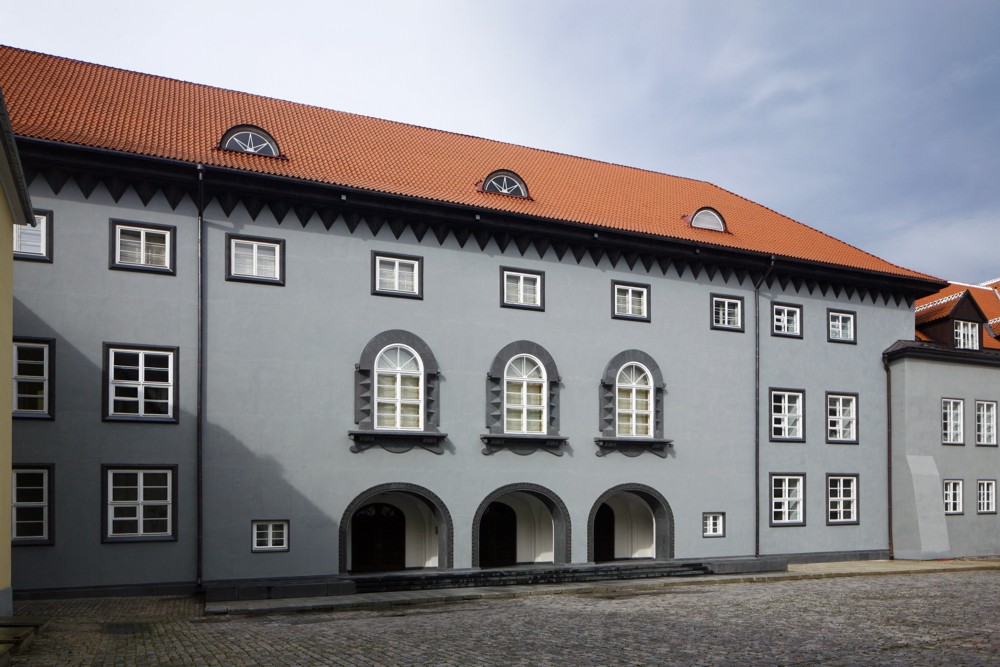
The Pärnu beach building (1938-1939), Olev Siinmaa
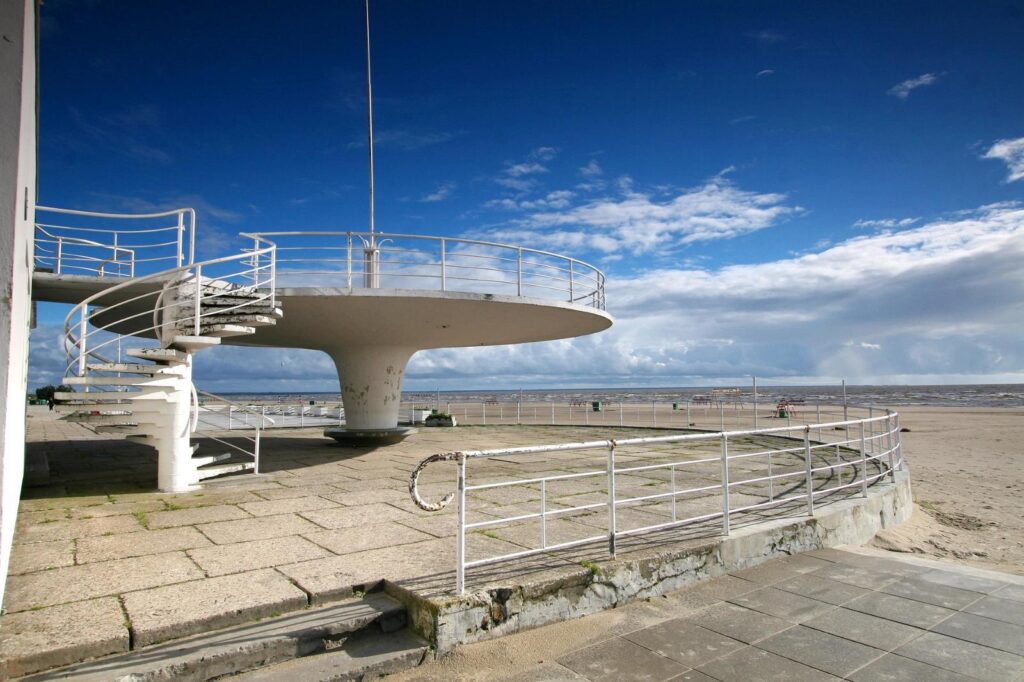
The Tallinn Fire Brigade building (1939), Herbert Johanson
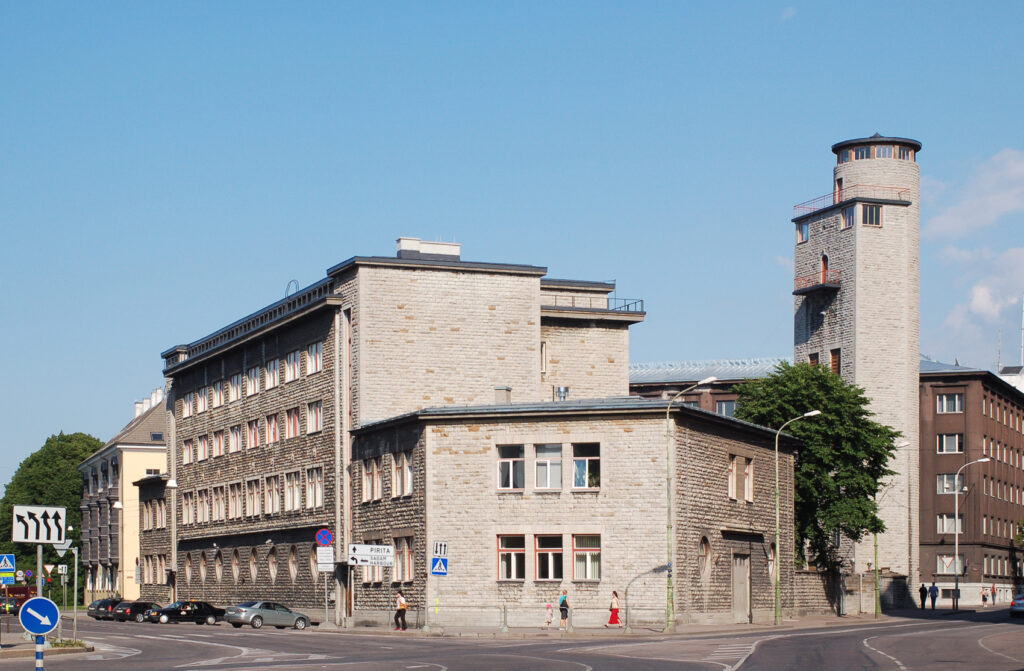
The Tallinn Song Festival stage (1960), Alar Kotli, Henno Sepmann
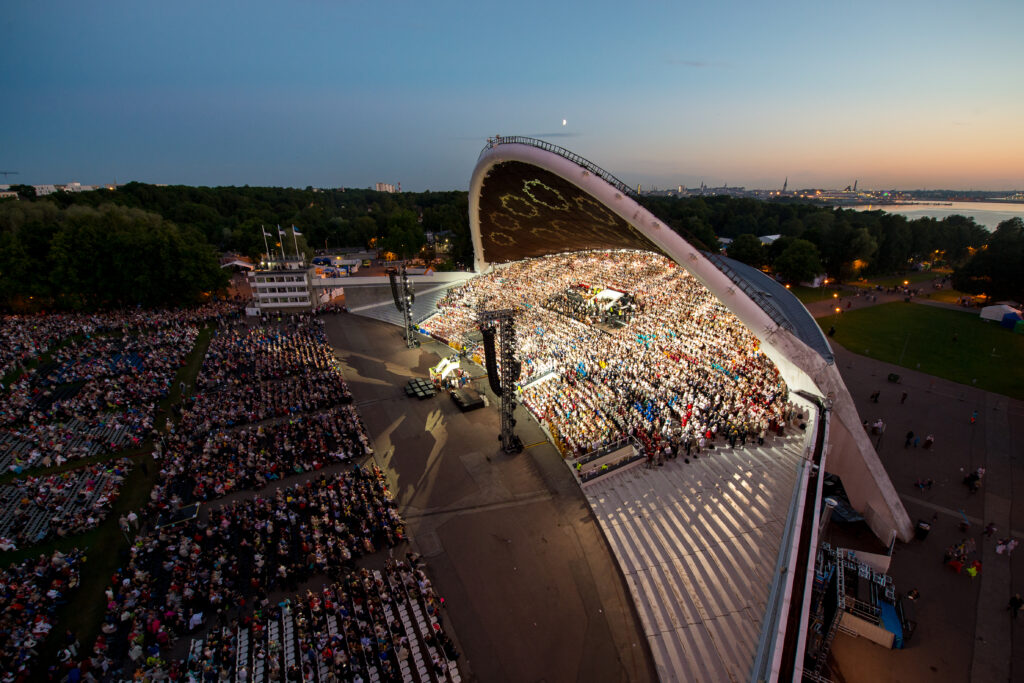
The Flower Pavilion (1960) and Café Tuljak in Tallinn (1964-1966), Valve Pormeister (the buildings were decided to be treated as one object)
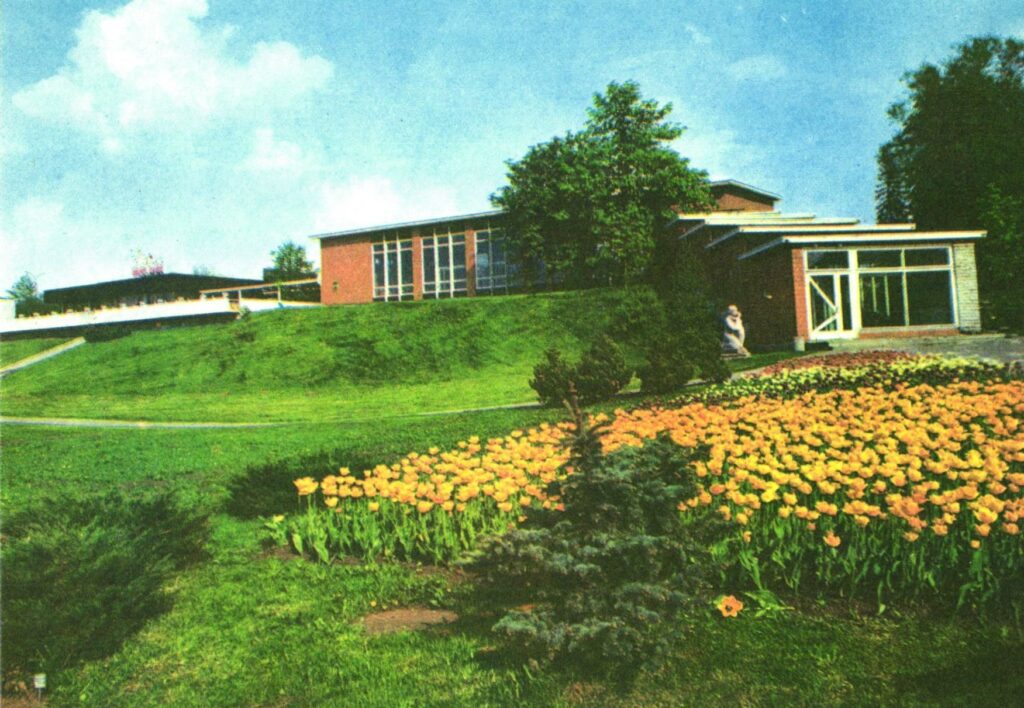
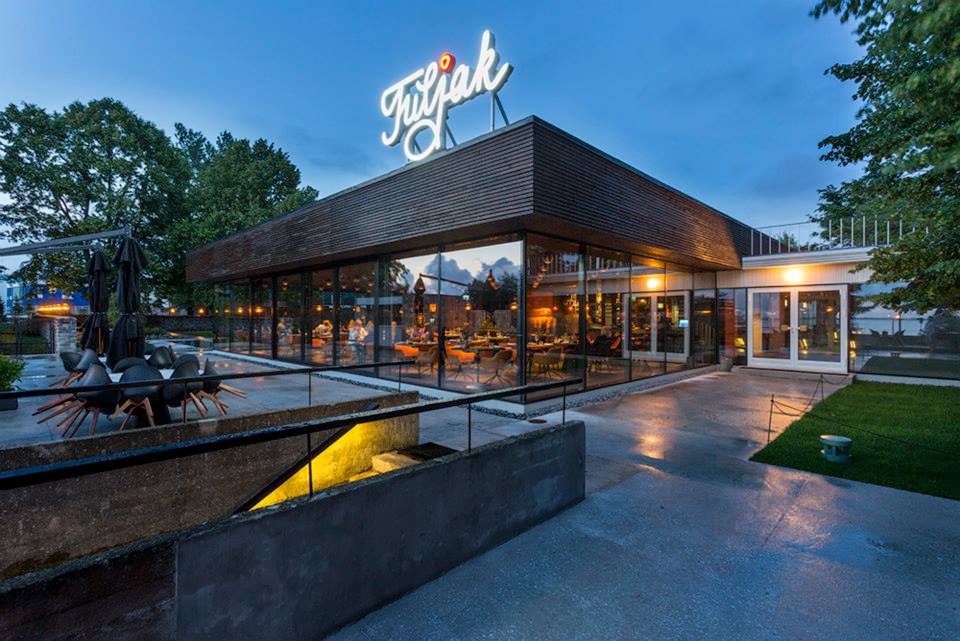
Jäneda Agricultural Technical School (1975), Valve Pormeister
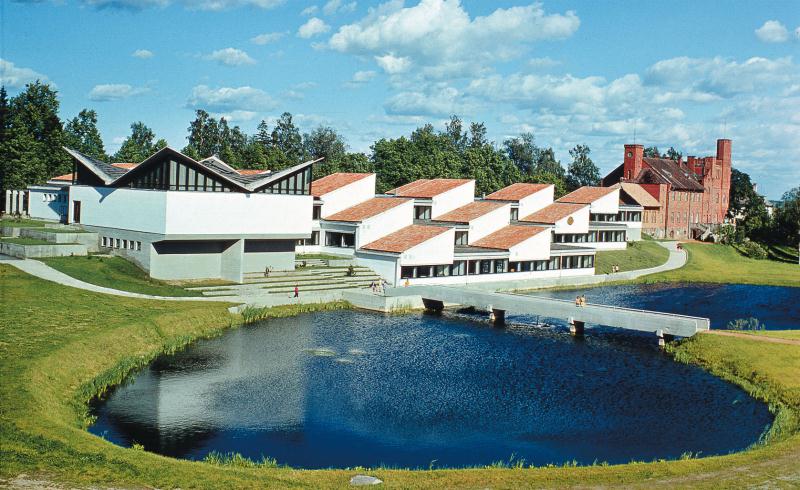
The Rapla KEK administration building (1977), Toomas Rein
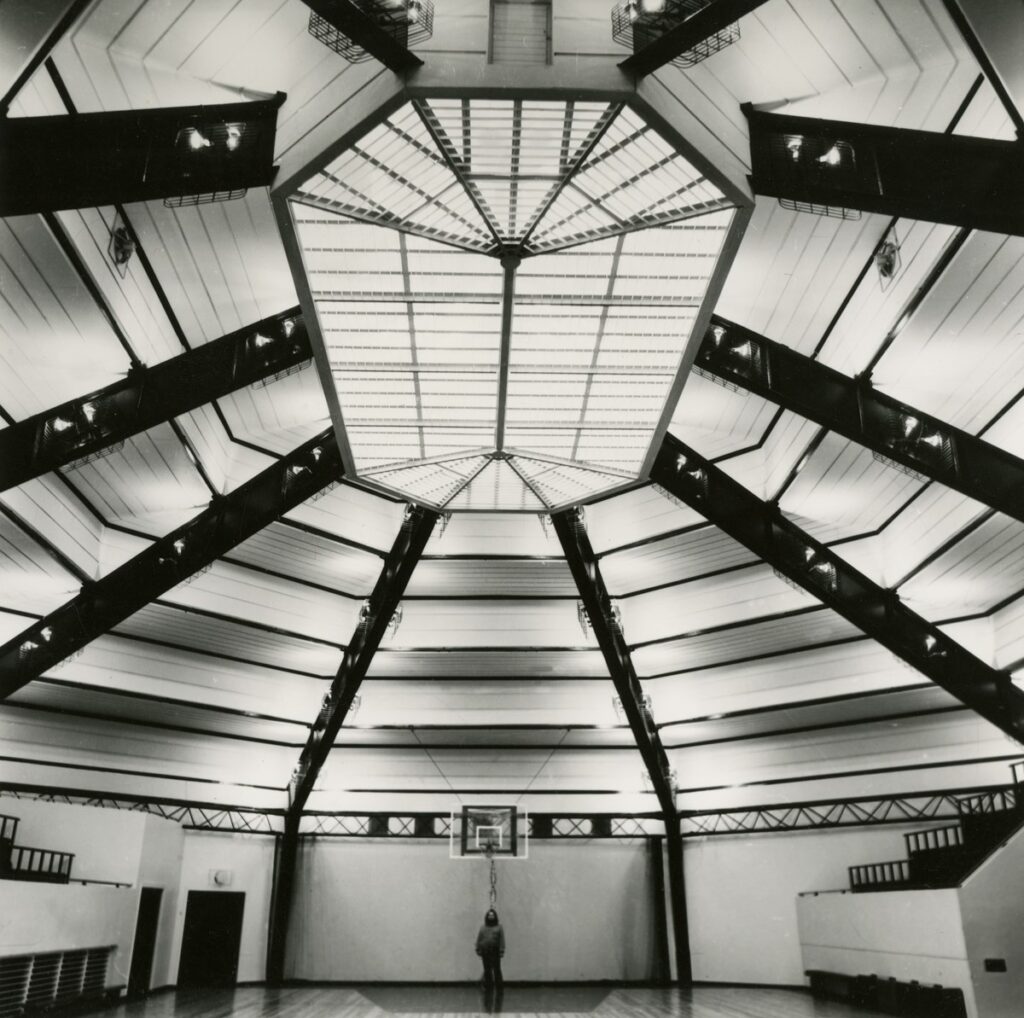
The Tehvandi ski sports base in Otepää (1978), Peep Jänes, Tõnu Mellik
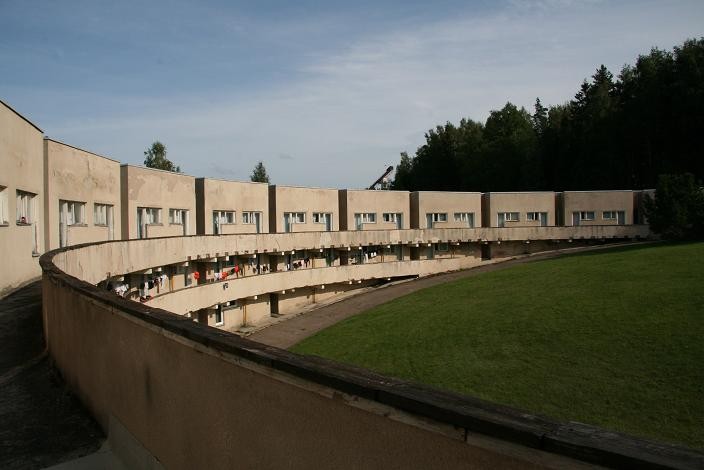
The Tallinn City Hall (1980), Raine Karp, Riina Altmäe
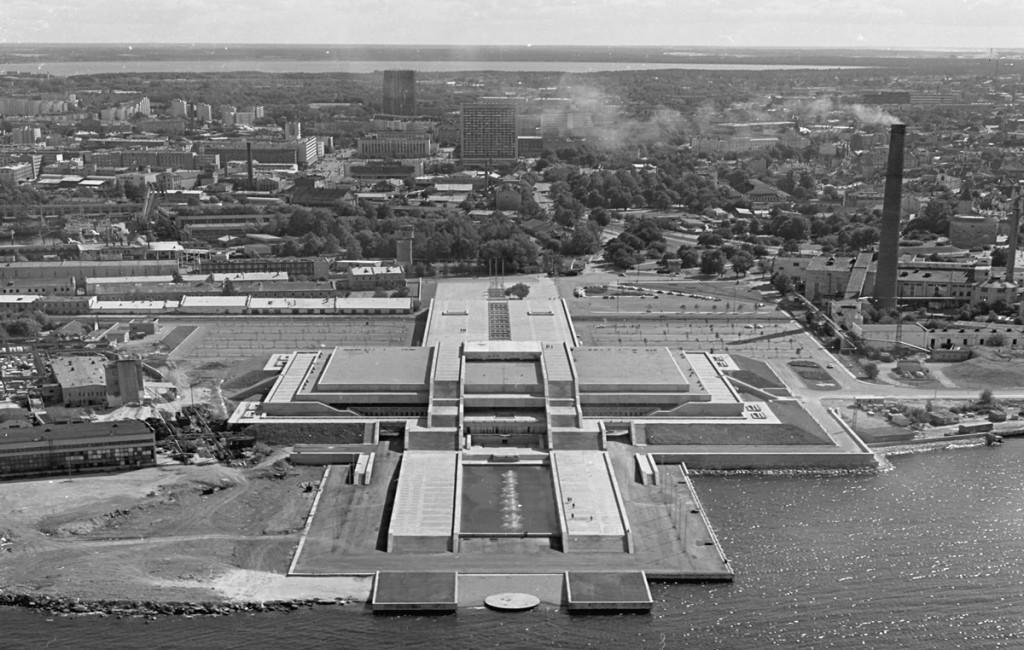
The Karja street flower shop (1978-1983), Vilen Künnapu

The union said that this time, only public architecture was examined – but in the future, a new competition to select the best private houses of the century would take place.
Cover: The former Rapla KEK administration building in Rapla, Estonia. KEKs were construction companies that erected farm buildings, housing stock and leisure centres for kolkhozes – collective farms in the Soviet Union; almost every county in Estonia had a KEK. Photo by Okta Centrum.

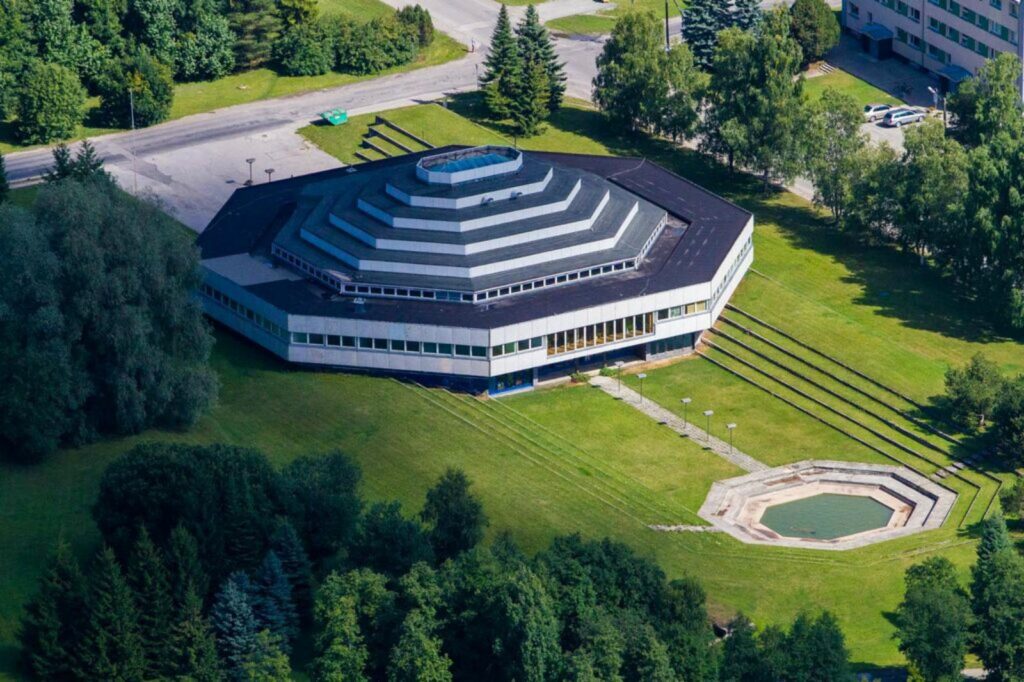
National Library of Estonia should also be on the list. It’s magnificent, outside and inside.